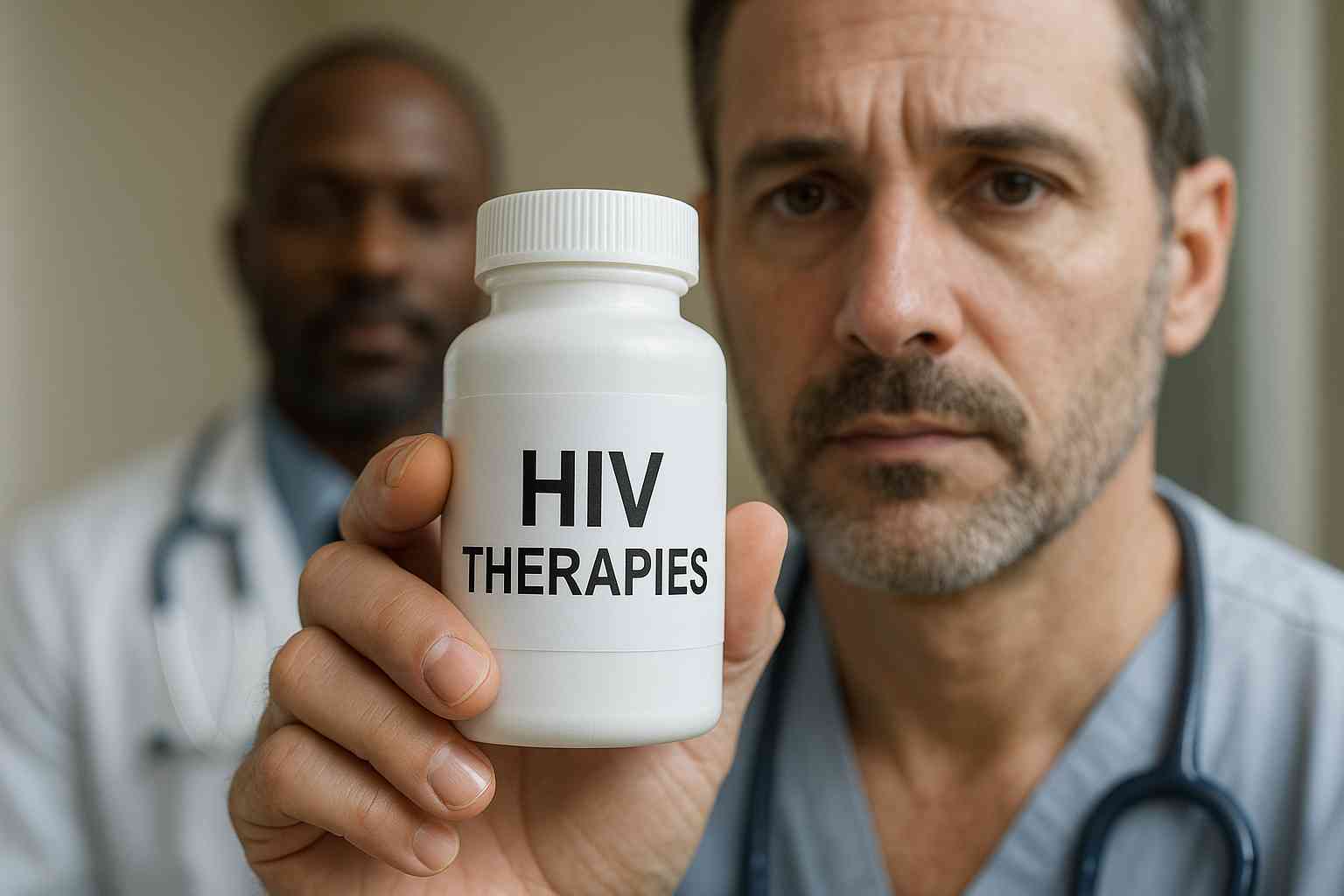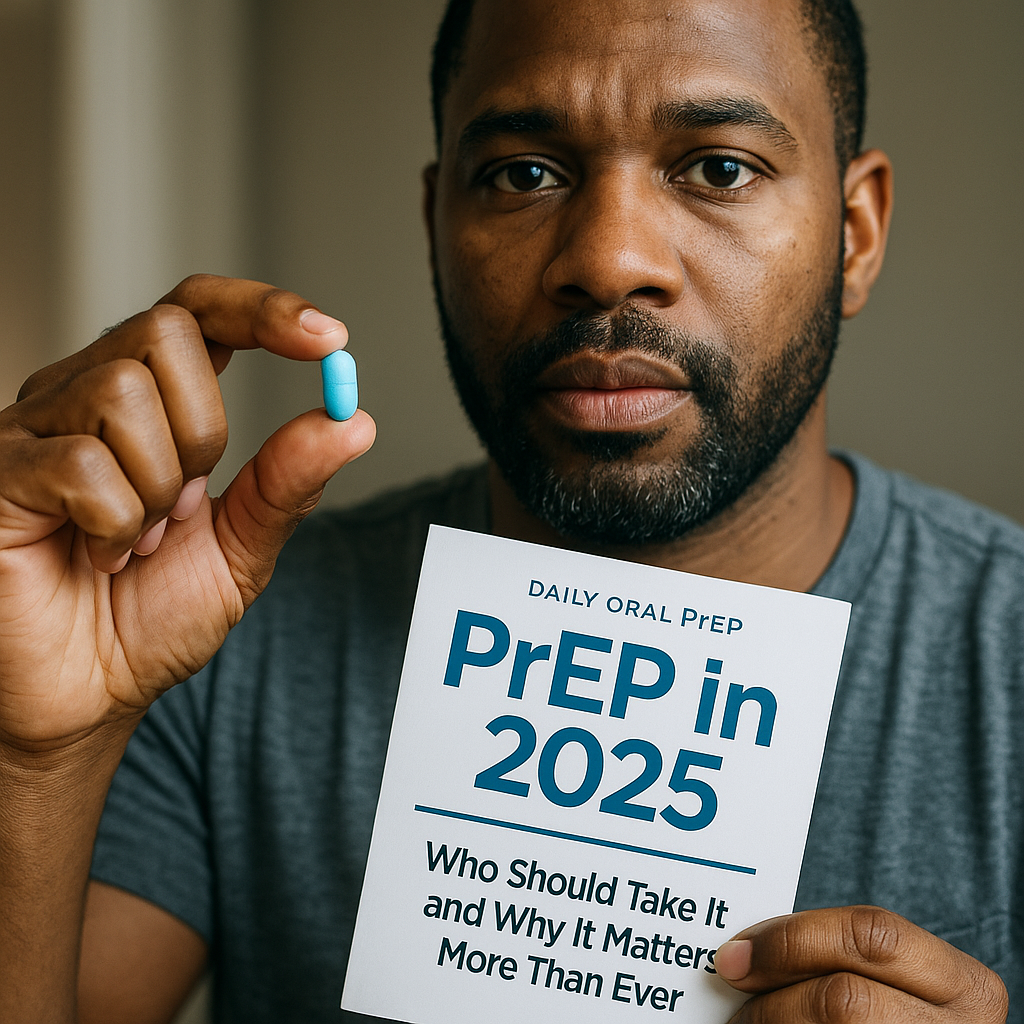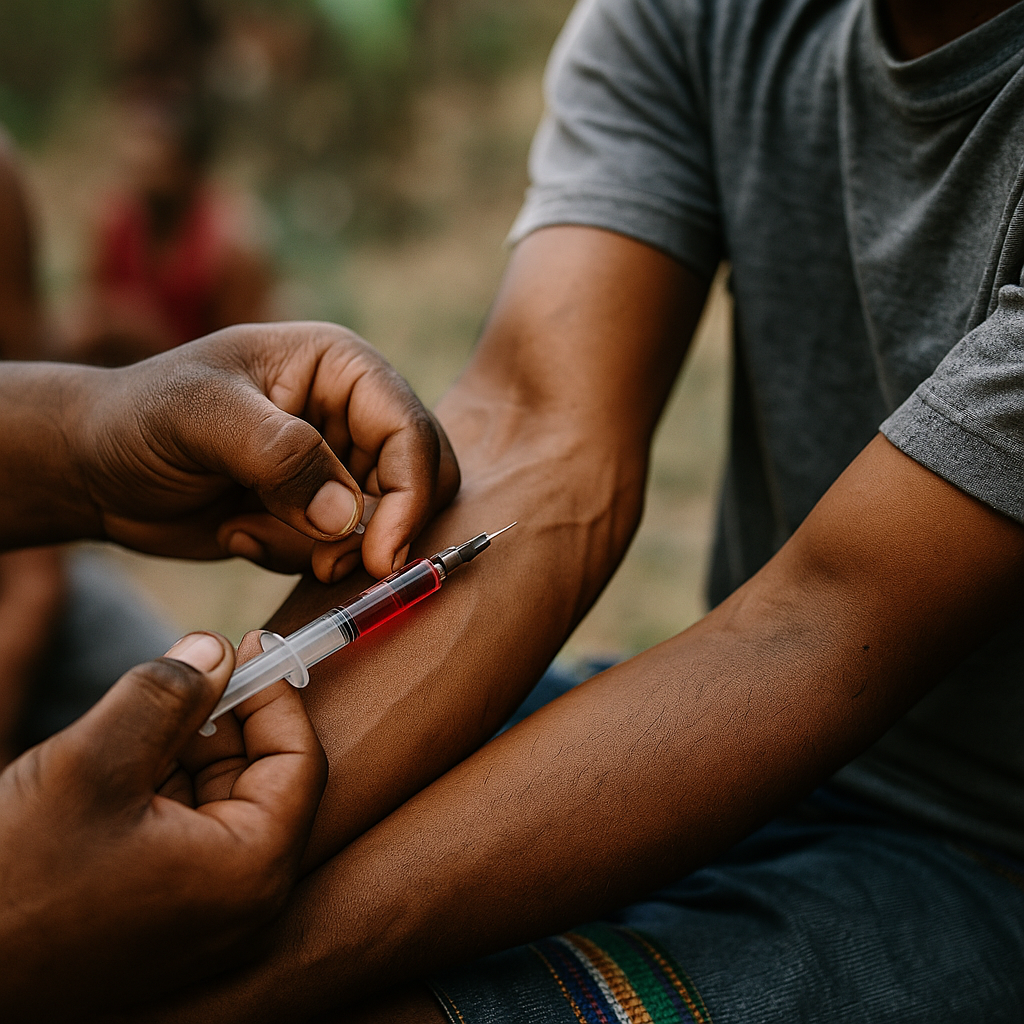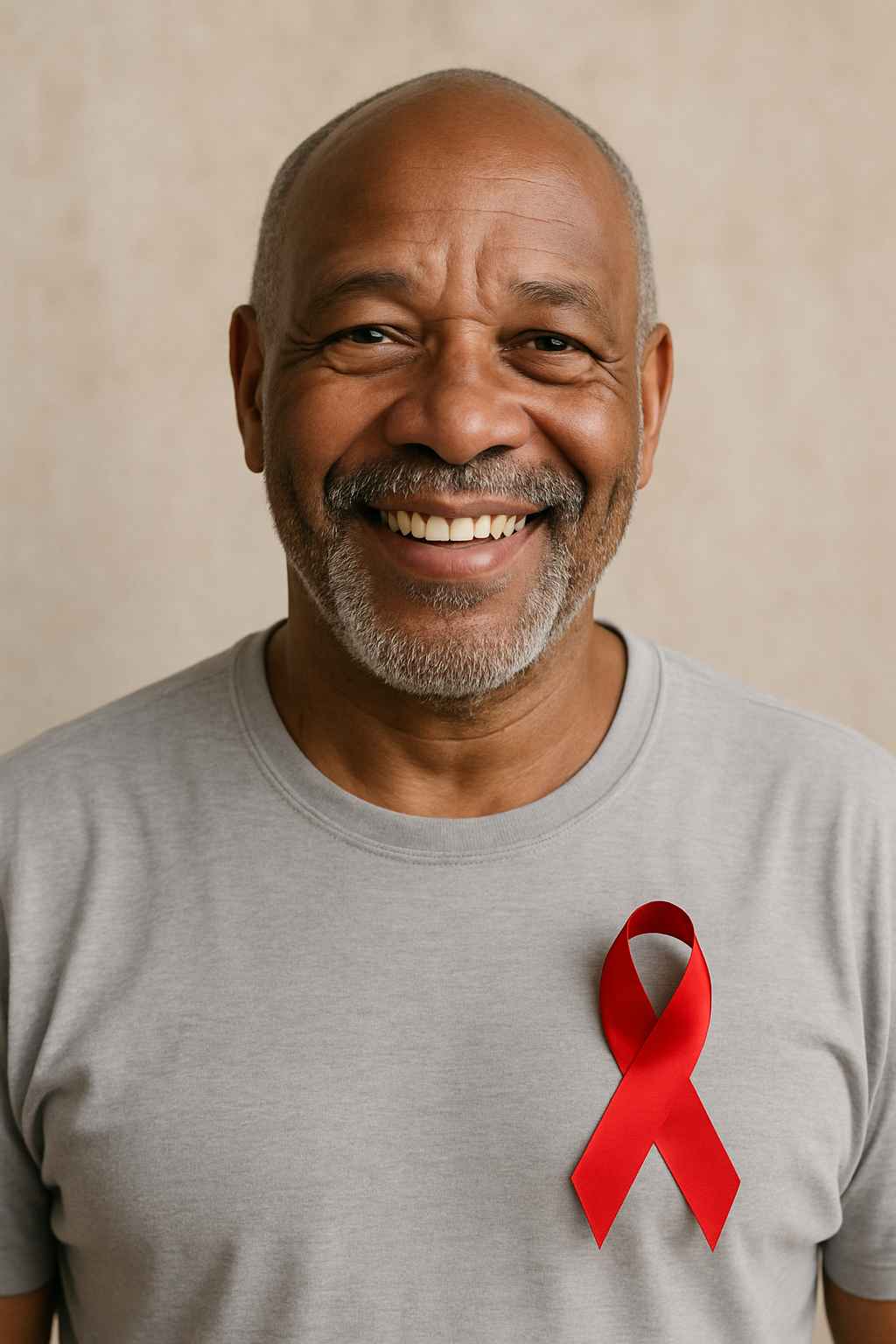Are we on the verge of ending HIV as a life-threatening condition? Thanks to evolving HIV therapies, millions of people are now living longer, healthier lives. Modern treatments are not only more effective but also more manageable than ever before, making HIV a chronic, treatable condition for many. Whether you’re newly diagnosed or exploring the latest options, understanding current HIV therapies can empower you to take control of your health.
Table of Contents
- What Are HIV Therapies?
- Types of HIV Treatments Available Today
- Latest Advances in HIV Therapies
- How to Access Treatment and Support
- Preventive Therapies and Long-Term Outlook
What Are HIV Therapies?
HIV therapies are treatments used to manage the human immunodeficiency virus (HIV), which attacks the immune system. The primary goal of treatment is to reduce the viral load to undetectable levels, allowing the immune system to recover and preventing the progression to AIDS. These therapies don’t cure HIV, but they significantly improve quality of life and reduce the risk of transmission.
HIV treatment is often referred to as antiretroviral therapy (ART). It involves taking a combination of medications that work together to suppress the virus. When taken consistently, ART can help individuals live nearly as long as someone without HIV.
Types of HIV Treatments Available Today
There are several classes of antiretroviral drugs, each targeting HIV in different ways:
Nucleoside Reverse Transcriptase Inhibitors (NRTIs)
These drugs block reverse transcriptase, an enzyme HIV needs to replicate. Common NRTIs include tenofovir (Viread) and emtricitabine (Emtriva).
Non-Nucleoside Reverse Transcriptase Inhibitors (NNRTIs)
NNRTIs also inhibit reverse transcriptase but in a different way than NRTIs. Examples include efavirenz (Sustiva) and rilpivirine (Edurant).
Protease Inhibitors (PIs)
These prevent HIV from producing mature virus particles. Ritonavir (Norvir) and atazanavir (Reyataz) are common PIs.
Integrase Inhibitors
This newer class of drugs stops HIV from integrating its genetic material into human cells. Dolutegravir (Tivicay) and bictegravir (found in Biktarvy) are widely prescribed today.
Many people now take combination pills that include multiple medications in a single dose, simplifying the treatment routine.
Latest Advances in HIV Therapies
HIV treatment is moving beyond daily pills. Long-acting injectable therapies like cabotegravir and rilpivirine (Cabenuva) are now available, offering monthly or bimonthly dosing. These options improve adherence and reduce pill fatigue.
In addition, researchers are exploring broadly neutralizing antibodies (bNAbs), gene editing with CRISPR, and therapeutic vaccines aimed at achieving a functional cure or long-term remission. The science is advancing rapidly, giving new hope to patients and healthcare providers alike.
According to the National Institutes of Health, these innovations are critical in reducing transmission rates and improving outcomes for people with HIV.
How to Access Treatment and Support
Getting started with HIV therapy involves testing, diagnosis, and connecting with an HIV specialist. Treatment should begin as soon as possible after diagnosis. If you need help finding care, visit Healthcare.pro to locate trusted HIV providers near you.
Support services are equally important. Many organizations offer counseling, medication assistance programs, and peer support. Don’t hesitate to reach out—support plays a vital role in staying on track with your treatment.
Additionally, health marketers and digital outreach platforms like eHealthcare Solutions are improving awareness and engagement with HIV therapies, ensuring more patients get the care they need.
Preventive Therapies and Long-Term Outlook
Pre-exposure prophylaxis (PrEP) and post-exposure prophylaxis (PEP) are essential tools in HIV prevention. PrEP, taken daily, can reduce the risk of acquiring HIV by over 99%. Injectable PrEP options like Apretude are making prevention even more accessible.
With consistent treatment and monitoring, individuals living with HIV can expect to lead full and active lives. Achieving and maintaining an undetectable viral load also means you cannot transmit HIV to sexual partners—a concept known as U=U (Undetectable = Untransmittable).
Conclusion
Today’s HIV therapies offer more hope than ever before. From powerful medications to innovative prevention tools, people living with HIV have access to effective treatments that support long, healthy lives. Staying informed, engaged, and connected to care is key to thriving with HIV.
FAQs
What is the most effective HIV therapy?
The most effective therapy is antiretroviral treatment (ART) with a combination of drugs tailored to your health profile. New long-acting injectables are also proving highly effective.
Can HIV be cured with therapy?
Currently, there is no cure for HIV. However, therapies can suppress the virus to undetectable levels, allowing people to live healthy, normal lives.
Is daily medication still necessary?
Not always. New injectables may require only monthly or bimonthly treatment, offering alternatives to daily pills.
What are the side effects of HIV therapies?
Common side effects include nausea, fatigue, and headache, but many people experience few issues. Talk to your doctor if side effects persist or worsen.
How can I start HIV treatment?
Get tested and see a healthcare provider immediately. Resources like Healthcare.pro can help you find HIV care and support services near you.
This content is not medical advice. For any health issues, always consult a healthcare professional. In an emergency, call 911 or your local emergency services.




